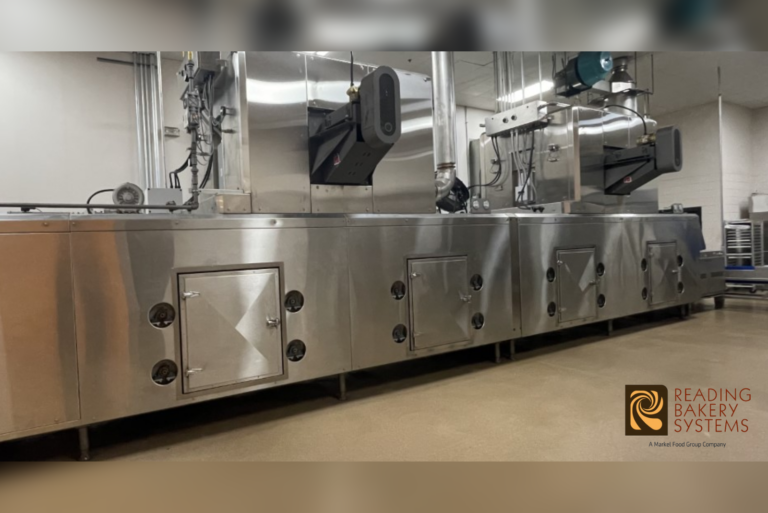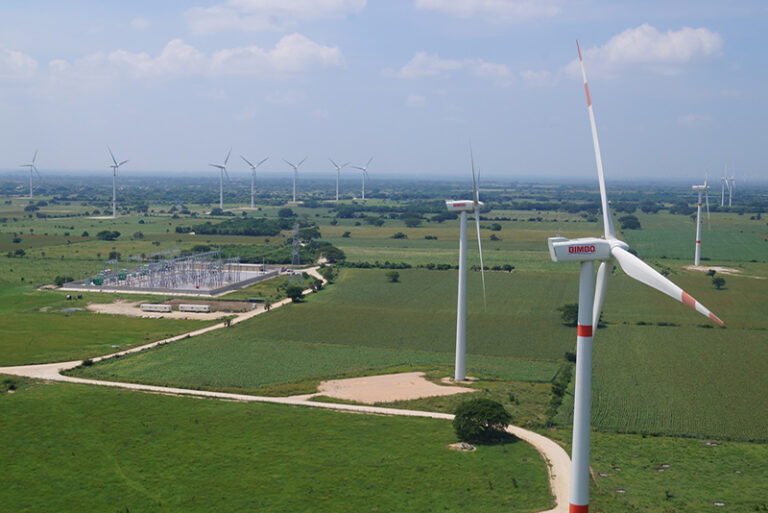LOS ANGELES — In cities around the country, air quality is a huge factor in sustainability, and it’s an issue the baking industry consistently keeps on the radar. And in the Los Angeles area, where smog has been a serious issue for decades, the South Coast Air Quality Management District (SCAQMD) has taken steps toward decarbonization with a specific focus on reducing emissions of nitrogen oxides (NOx).
Specifically, in 2014 the district adopted Rule 1153.1: Emissions of Oxides of Nitrogen from Commercial Food Ovens, which established NOx limits applicable to commercial food ovens, roasters and smokehouses. Recently, however, a proposed amendment to the rule has shifted focus from prioritizing low-NOx technology to zero-NOx attainment by 2027. The proposal was based on the 2016 Air Quality Management Plan (AQMP).
“Proposed Amended Rule 1153.1 is a source specific rule that regulates commercial food ovens which has been in the rulemaking public process since 2021,” said Connie Mejia, senior public affairs specialist for SCAQMD, noting that in December2022, governing board adopted the more recent 2022 AQMP that which focuses on widespread deployment of zero-emission technology. This applies “across all sectors and not just commercial food ovens, where feasible.”
However, should the amendment be enacted, this could impact more than 200 commercial food oven units — including direct- and indirect-fired bakery ovens, tortilla and tortilla chip ovens, cooking ovens, drying ovens, spray dryers, smokehouse ovens, and coffee and nut roasters — located in 97 production facilities in the Los Angeles area.
“Commercial food ovens account for 0.2 tons per day of NOx emissions,” Mejia said. “As discussed in the 2022 AQMP, an ambitious emission reduction program is critical to attain both the federal and state criteria pollutant emission standards, which if not met, will result in consequences for the region.”










